Daniel Quay
Work: Case Studies Identities Archive
Leopold Bros. — Gin Line
THE ASSIGNMENT
Leopold Bros. is a Colorado distillery that honors and revives old-world traditions while pursuing thoughtful and sustainable innovations in distilling.
STUDIO
Consume & Create
Package Design for a well-loved Gin that highlights a distinct and intentional distilling process.
Leopold Bros. is a Colorado distillery that honors and revives old-world traditions while pursuing thoughtful and sustainable innovations in distilling.
STUDIO
Consume & Create
ROLE
Art Director and Designer.
My largest contributions were designing and producing the label system, supporting design and type systems, and art direction for illustration and iconography.
CREATIVE DIRECTION
Josh Wills
ILLUSTRATION
Dylan Fowler
CONTRIBUTING DESIGNERS CITED ON RELEVANT IMAGERY.
PHOTOGRAPHY BY KYLE MUHR.
Art Director and Designer.
My largest contributions were designing and producing the label system, supporting design and type systems, and art direction for illustration and iconography.
CREATIVE DIRECTION
Josh Wills
ILLUSTRATION
Dylan Fowler
CONTRIBUTING DESIGNERS CITED ON RELEVANT IMAGERY.
PHOTOGRAPHY BY KYLE MUHR.

REAPPROACHING A CLASSIC
Leopold Bros. Gin is one of the distillery’s most-popular and best-recognized product lines, with their Navy Strength Gin as a treasured staple on bar shelves around the world. Over the last decade, their Gin has well-earned a reputation for incredible versatility and a notably clean taste.
When approaching the redesign of such a well-recognized product, the new packaging had to be careful to maintain the line’s hard-earned bottle recognization.
To communicate to consumers that this is the “same great gin from the same great distillery,” I preserved and evolved core elements of the original bottle, like color-specific labeling, intricate borders, batch highlighting, and, of course, the moniker “Leopold’s Gin.”
Leopold Bros. Gin is one of the distillery’s most-popular and best-recognized product lines, with their Navy Strength Gin as a treasured staple on bar shelves around the world. Over the last decade, their Gin has well-earned a reputation for incredible versatility and a notably clean taste.
When approaching the redesign of such a well-recognized product, the new packaging had to be careful to maintain the line’s hard-earned bottle recognization.
To communicate to consumers that this is the “same great gin from the same great distillery,” I preserved and evolved core elements of the original bottle, like color-specific labeling, intricate borders, batch highlighting, and, of course, the moniker “Leopold’s Gin.”


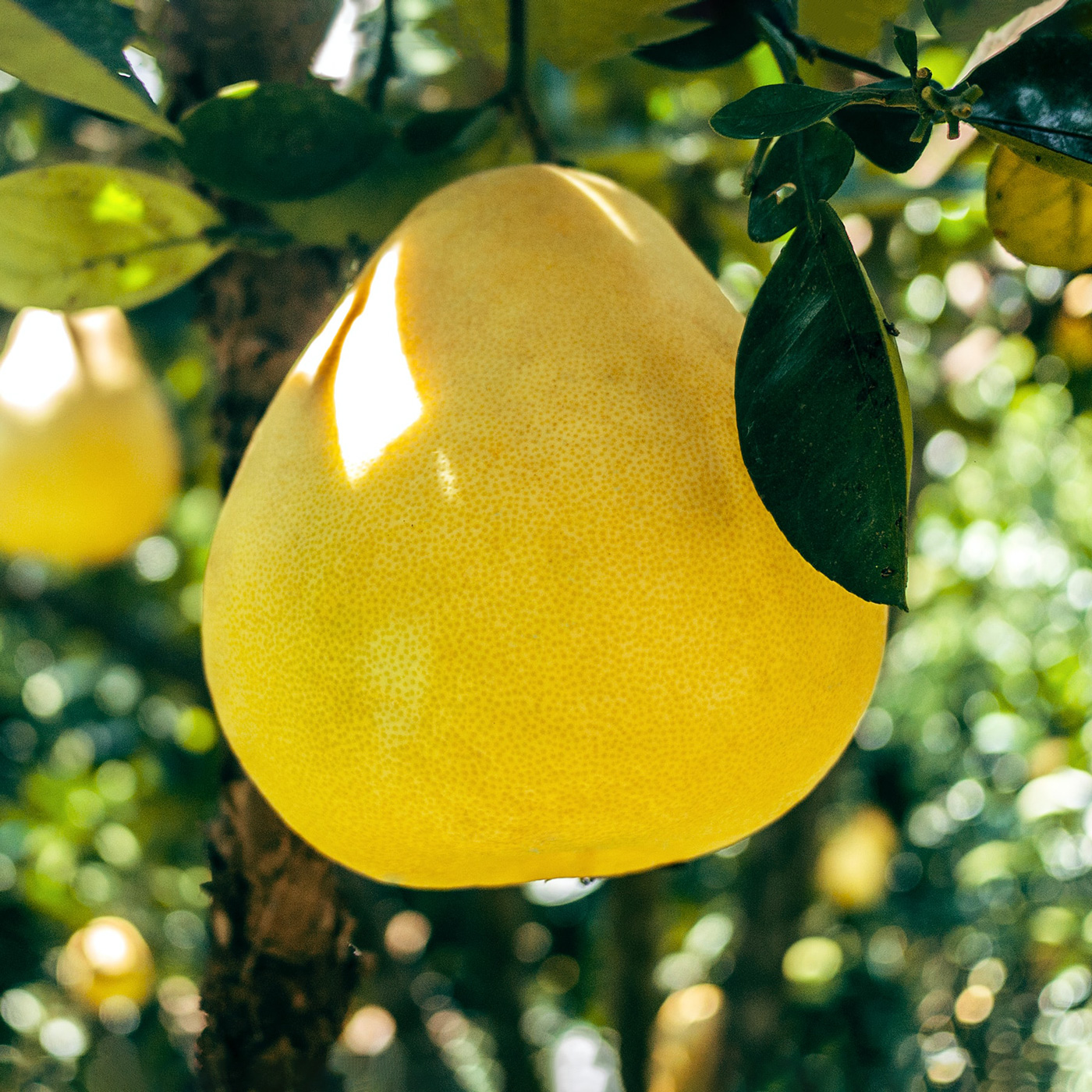
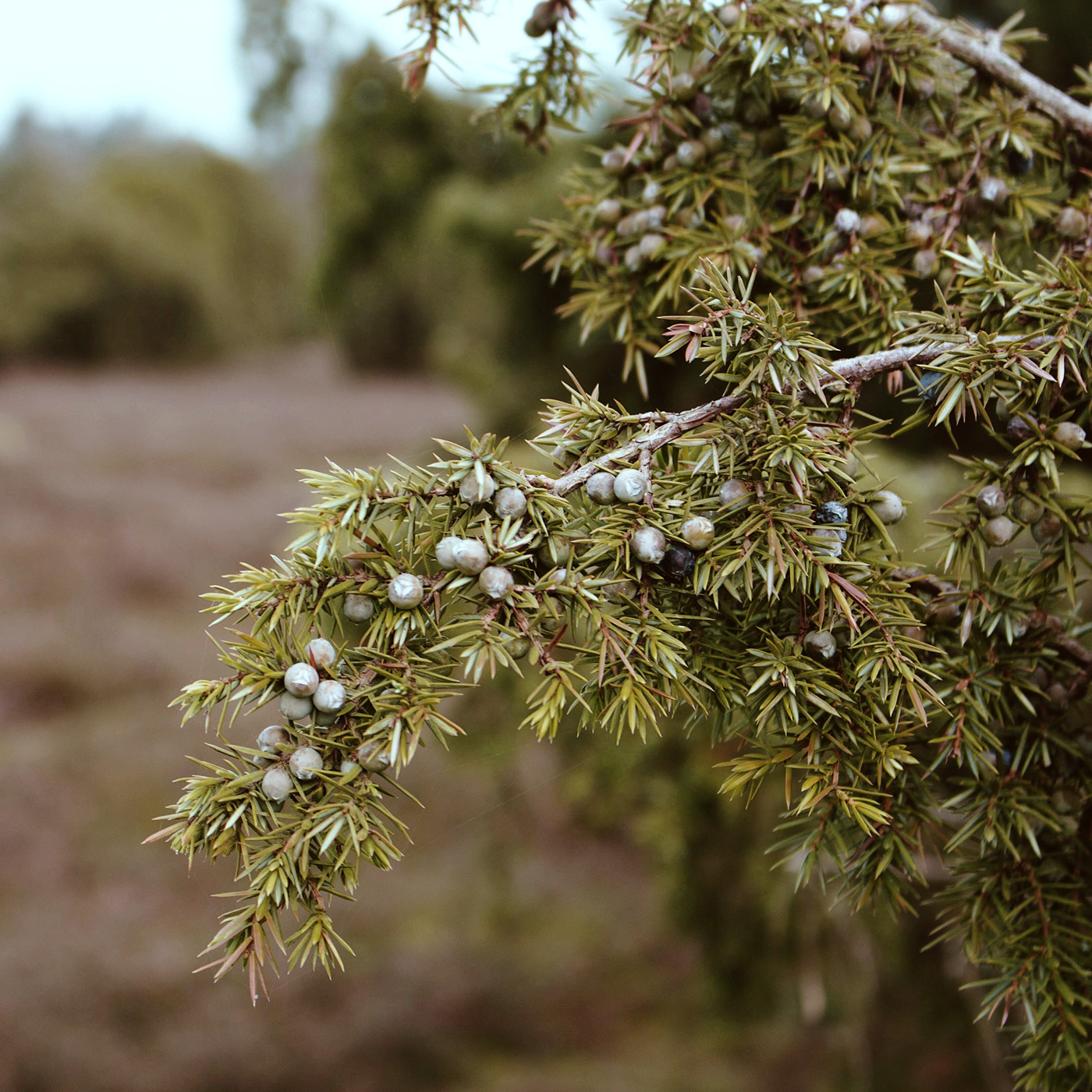
A QUICK DISTILLING LESSON FROM A DESIGNER
When distilling gin, only a portion of what’s distilled is suitable for drinking. Roughly speaking, the middle-third of the distillate is what ends up in our bottles. This middle-third is known as the “hearts” of the distillation.
Each botanical in the gin mash has a bearing on how the hearts taste. However, each botanical has its own “sweet spot” for best flavor, and some of them don’t line up.
Because most distilleries batch all the botanicals in the same mash, most Gin is a “middle ground” of the hearts for all of the botanicals in the mash. Some flavors dominate, and some flavors disappear.
When distilling gin, only a portion of what’s distilled is suitable for drinking. Roughly speaking, the middle-third of the distillate is what ends up in our bottles. This middle-third is known as the “hearts” of the distillation.
Each botanical in the gin mash has a bearing on how the hearts taste. However, each botanical has its own “sweet spot” for best flavor, and some of them don’t line up.
Because most distilleries batch all the botanicals in the same mash, most Gin is a “middle ground” of the hearts for all of the botanicals in the mash. Some flavors dominate, and some flavors disappear.
THE LEOPOLD METHOD
Here’s why Leopold Bros. Gin is so unique.
Instead of throwing all of the botanicals in the same mash, Leopold Bros. actually completes a separate distillation for each botanical, meaning literally six times the work for some recipes.
This is called “fractional distillation,” or in some circles, “The Leopold Method.” Using this method, Leopold Bros. joins the hearts of each individual ingredient for an incredibly complex and clean final flavor.
This tremendous dedication to each ingredient’s unique flavor was a huge inspiration for the label’s storytelling.
Here’s why Leopold Bros. Gin is so unique.
Instead of throwing all of the botanicals in the same mash, Leopold Bros. actually completes a separate distillation for each botanical, meaning literally six times the work for some recipes.
This is called “fractional distillation,” or in some circles, “The Leopold Method.” Using this method, Leopold Bros. joins the hearts of each individual ingredient for an incredibly complex and clean final flavor.
This tremendous dedication to each ingredient’s unique flavor was a huge inspiration for the label’s storytelling.


ILLUSTRATION
A scientific-inspired illustration suite by Dylan Fowler helps convey the appreciation Leopold Bros. has for each individual ingredient in their gins.
On label, each ingredient is individually listed and named, speaking to the essentiality of the ingredient to the final flavor.
A charcoal-inspired illustration of the Leopold Bros. gin stills complement the ingredient illustrations to add a sense of heritage and history.
A scientific-inspired illustration suite by Dylan Fowler helps convey the appreciation Leopold Bros. has for each individual ingredient in their gins.
On label, each ingredient is individually listed and named, speaking to the essentiality of the ingredient to the final flavor.
A charcoal-inspired illustration of the Leopold Bros. gin stills complement the ingredient illustrations to add a sense of heritage and history.

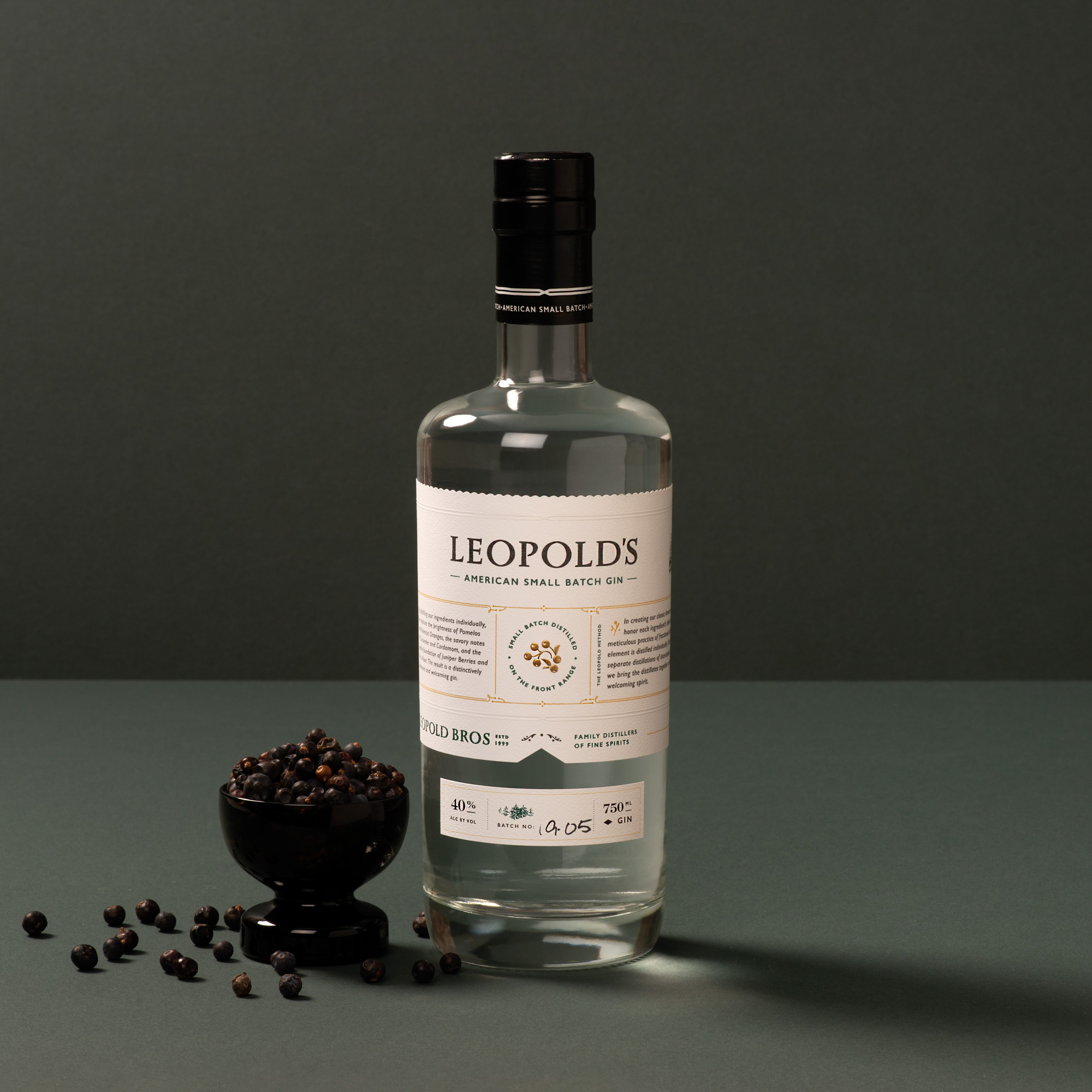


LINE DIFFERENTIATORS
To differentiate within the gin line, each bottle has a individualized seal to speak to the different seasons of juniper berries, one of the main botanicals in gin-making.
These seals create unique, focal moments on the front face of the labels, and on the top of the capsules.
To differentiate within the gin line, each bottle has a individualized seal to speak to the different seasons of juniper berries, one of the main botanicals in gin-making.
These seals create unique, focal moments on the front face of the labels, and on the top of the capsules.

^JUNIPER ILLUSTRATIONS BY DYLAN FOWLER


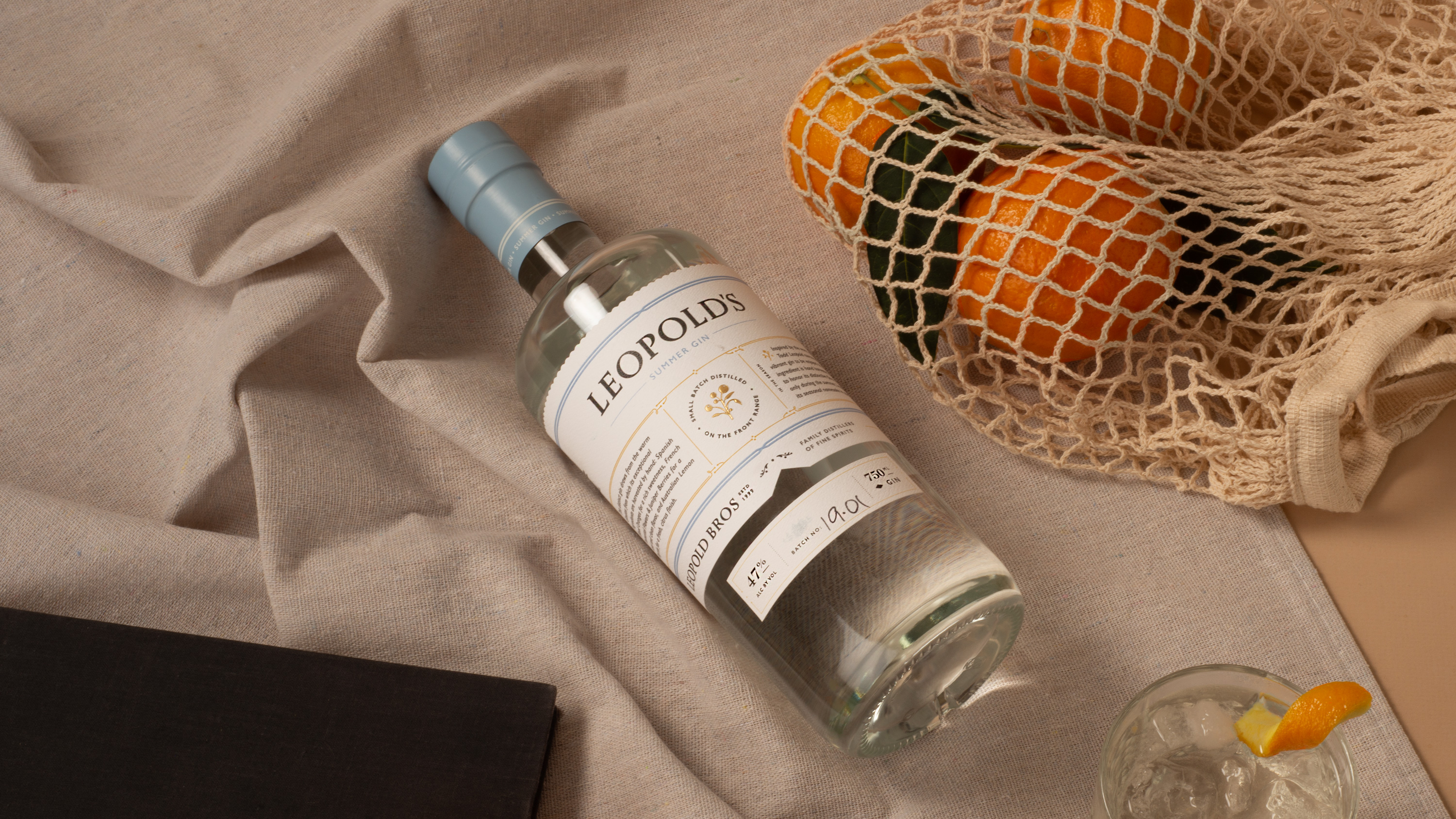
Paper & PRINT DETAILS
Heavy-tooth cotton paper elevates the labels, while a handwritten batch no. serves as a callback to the original label design.
A scalloped edge softens the hard shoulder of the bottle, and a geometric center cut takes its shape from the distillery’s own Straight Bourbon label system to include a subtle, visual connection to other product lines.
Lastly, foiled and embossed details create discoverables throughout, enticing patrons to take the bottle in hand, and explore the label.
Heavy-tooth cotton paper elevates the labels, while a handwritten batch no. serves as a callback to the original label design.
A scalloped edge softens the hard shoulder of the bottle, and a geometric center cut takes its shape from the distillery’s own Straight Bourbon label system to include a subtle, visual connection to other product lines.
Lastly, foiled and embossed details create discoverables throughout, enticing patrons to take the bottle in hand, and explore the label.
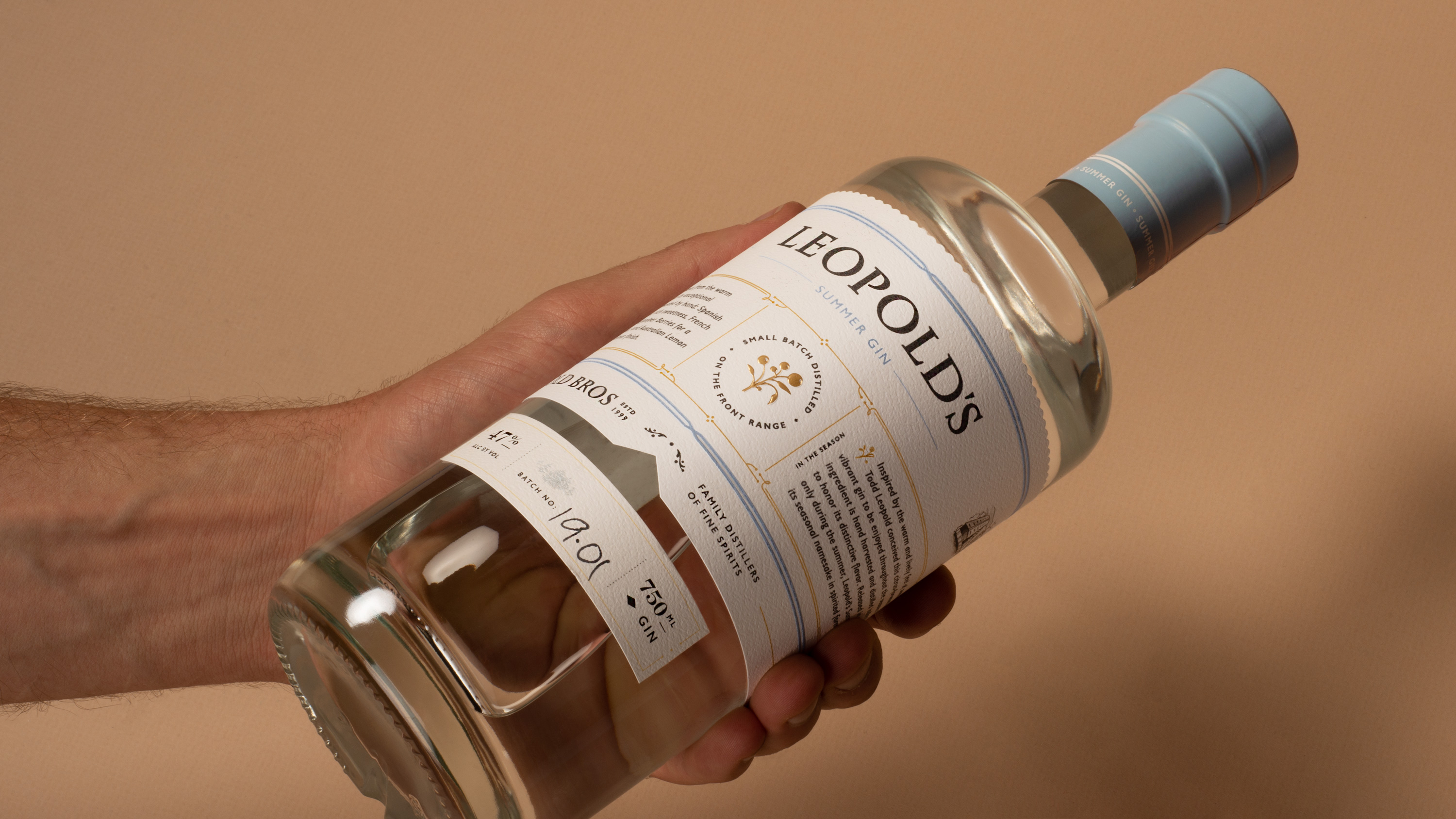
Leopold Bros. Gin.
Small Batch Distilled on the Front Range.
FIN